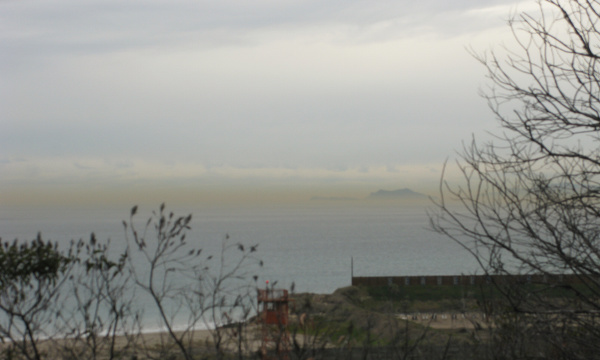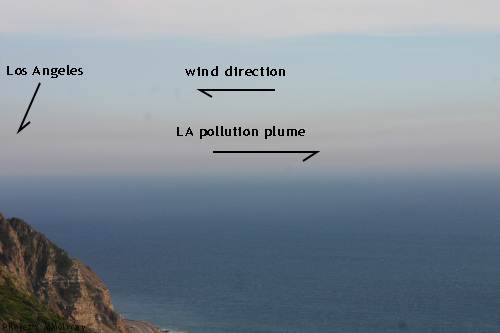What I don’t understand about the Mali fight
From a purely tactical perspective, that is. I keep seeing reports mentioning how the fanatics will melt into the desert and be difficult to root out.
Assuming resources — and I do understand that those are not generally applied — but, assuming resources, I don’t see how the Sahara could shelter them for long.
Water is limiting. Garrison every oasis for six months, and anybody hiding in the Sahara is done for. It’s also the worst place on earth to hide from satellite surveillance. Few clouds, few trees. So if pickup trucks start driving to camps in suddenly larger numbers, it could be visible. Assuming anyone used their satellites to look.
I get that fanatics can hide now and have hidden in the past because it’s a vast trackless area, you have to know the terrain, the regional governments don’t have or don’t devote the resources to it, etc., etc.
But it seems to me that right now there’s an opening to get the local knowledge. The Tuaregs are mighty pissed off with everyone, especially the fanatics who stole their revolution. They’re some of the most skilled desert dwellers there are. So give them Azawad, where they can run their own internal affairs, within a federated nation of Mali, where they can be part of a more viable economic unit, and give them the military data they need to wreak vengeance on the even more unsavory fundies.
If we believe in self-determination like we say we do, the first part is a worthy goal in itself. And for military effectiveness, I’d be willing to bet you couldn’t beat the second part.
Update, 2012-02-07. From McClatchy: “Aklinine Ag Bogali, who spent years traversing his desert homeland in northern Mali, described some of the caves there as so large that they open onto underground lakes.”
Oh.
Although it does confirm what I was saying about the local knowledge of the Touareg.





